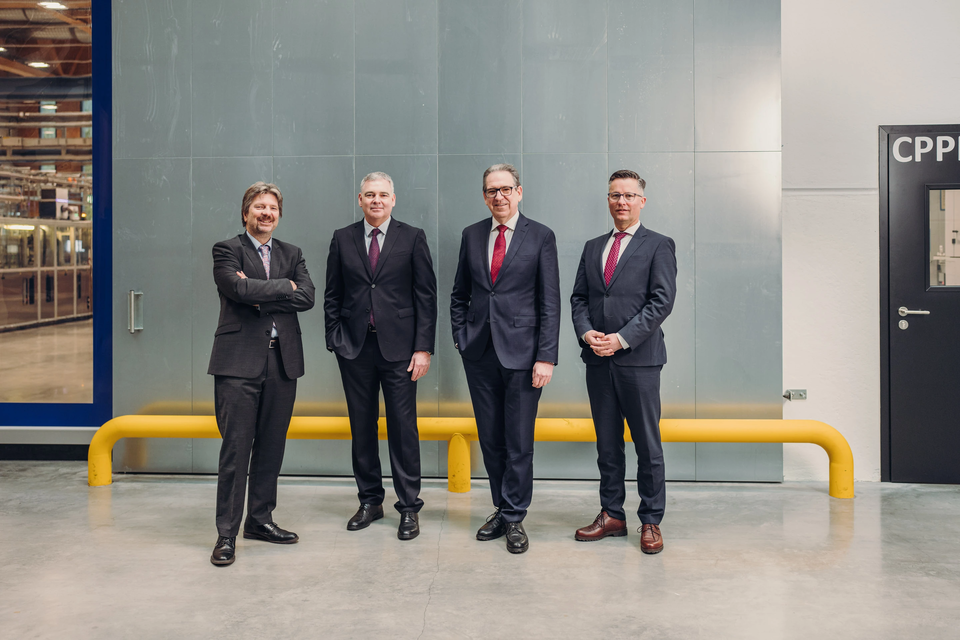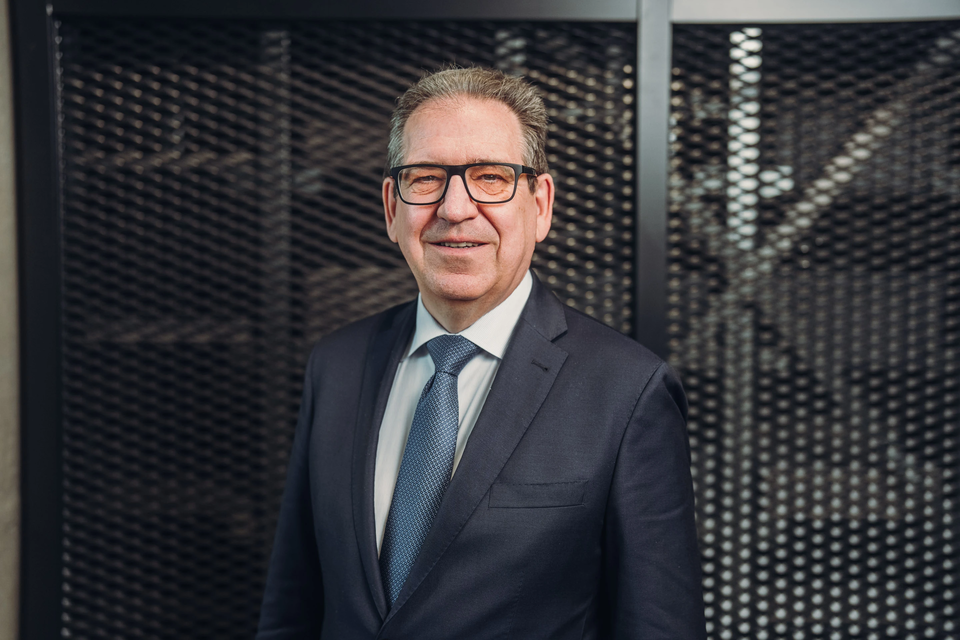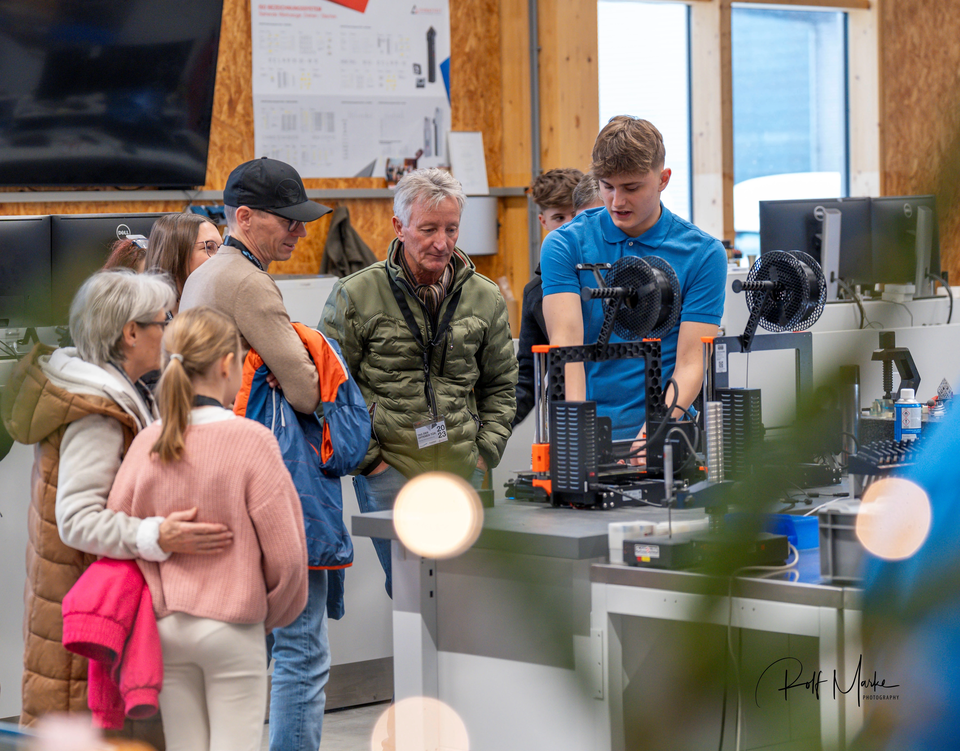High investments for a strong future
Plansee Group stable in challenging business environment
Breitenwang/Reutte, July 4, 2024 – Despite declining demand in some sales markets, the Plansee Group developed stably in the past fiscal year. With its presence in all major economic regions, a high proportion of new products in important future markets, and a clearly formulated sustainability program, the company sees itself well-positioned for the future.
After a promising start, the expected recovery of key markets did not materialize in the past fiscal year. Demand in China and Europe, in particular, stagnated. "Nevertheless, the Plansee Group has demonstrated strength and resilience in this challenging environment and has remained stable," summarized Karlheinz Wex, CEO of the Plansee Group, on the development of the 2023/24 fiscal year.
Revenue in the past fiscal year decreased by just under three percent compared to the previous year, to 2.28 billion euros. Sales volume also declined, mainly due to a changed product mix with less volume and higher added value. Rising costs were largely offset by price adjustments. The Chinese market, in particular, experienced high price pressure.
While the Plansee Group's revenue shares in mechanical engineering and the automotive industry declined, the shares in aerospace, energy technology, and some segments of the semiconductor industry increased. The equity ratio rose to 57 percent due to the annual surplus and the reduction of working capital.
Global Presence and High Proportion of New Products
Karlheinz Wex sees reason for optimism in the company's positioning. In view of increasing protectionism and deglobalization trends, the company is well-positioned with a sales and production network in all major world regions. "We continue to focus on developing new applications for our materials tungsten and molybdenum in all our markets, often at the edge of what is technically and physically possible," emphasized Wex. A key indicator for this is the proportion of new products – it describes the share of new products in core business revenue that are five years old or younger. The proportion of new products was 38 percent in the past fiscal year, close to the target value of 40 percent. Tools for aircraft construction, components for semiconductor technology and power transmission, wires for medical surgical robots, and carbide inserts for agricultural technology were developed and brought to market.
Investments 17 Percent Higher Than the Previous Year
The investment and innovation volume of the Plansee Group increased by 17 percent compared to the previous year, to 297 million euros. Investment focuses included capacity expansions at production plants in Poland and Bulgaria and the purchase of commercial land in India for manufacturing expansion. In Franklin, Massachusetts, USA, a new cleanroom for the production of semiconductor components was built. Infrastructure was prepared in Reutte, Austria, for the planned large electrolyzer. This will produce hydrogen using electricity from renewable energy sources. A powerful IT infrastructure is of growing importance, particularly to support the automation and digitization of sales and production processes. The Plansee Group also invested in this area in the past fiscal year. Further investments were made in new machines and equipment as well as in product and technology developments.
Tool Business Strengthened
With the acquisition of two companies in China and the USA, the Plansee Group strengthened its tool division. Through its subsidiary Ceratizit, Xceliron Corp. was acquired. The US company manufactures special tools made of solid carbide for the aerospace and automotive industries. Through the joint venture company CB-Ceratizit, 70 percent of the shares in Changzhou CW Toolmaker Inc. in China were acquired. The private company specializes in the development, production, and distribution of carbide cutting tools for the electronics industry and a range of other industries.
Achieving Climate Neutrality Largely on Its Own
For the past fiscal year, the Plansee Group published a sustainability report for the first time. "Our current focus is on reducing our CO2 footprint and recycling our valuable materials molybdenum and tungsten," said Karlheinz Wex.
Last year, the Plansee Group used 90 percent recycled tungsten in production. By purchasing electricity from renewable sources and implementing energy-saving measures, the group's CO2 footprint (Corporate Carbon Footprint) was reduced by 21 percent compared to the base year 2020/21, to 305,000 tons of CO2e. The share of electricity from renewable sources is now 92 percent across the group. The installation of a large electrolyzer, hydrogen recycling, and the decarbonization of the Towanda site are important measures being implemented that will help achieve the goal of climate neutrality largely on its own in the coming years.
"With our products and tools, we are often very far ahead in the production chain. If our products and tools have a low CO2 footprint, all subsequent processors and ultimately the end consumer benefit," said Karlheinz Wex. The Plansee Group can calculate the greenhouse gas emissions caused by the production of each product or tool (Product Carbon Footprint).
Significant Improvement in the Number of Workplace Accidents
The number of employees worldwide slightly decreased to 11,208 – a decline of two percent compared to the previous year, which occurred at most locations through natural fluctuation (retirement, employee resignations). Particular attention was paid to the number of workplace accidents in the past fiscal year. The company took numerous measures for prevention and avoidance. The number of workplace accidents decreased significantly.
Outlook
The board of the Plansee Group expects largely unchanged economic conditions in the current fiscal year. The uncertainty due to ongoing geopolitical conflicts will continue to influence consumer behavior and investment activity. Additionally, the competitiveness of European locations is observed to be declining due to persistently high energy, personnel, and bureaucracy costs. Many locations still face a shortage of skilled workers. Although no rapid recovery of the Chinese markets is expected, Karlheinz Wex anticipates a slight recovery of the global economy by the end of the year. In addition to the semiconductor industry, aircraft construction could particularly provide growth impulses.
| 2021/22 | 2022/23 | 2023/24 | |
|---|---|---|---|
| Revenue | 2,02 billion euros | 2,35 billion euros | 2,28 billion euros |
| Employees | 11.174 | 11.445 | 11.208 |
| Workplace accidents per 1 million working hours | - | - | 7,3* |
| Investments | 154 million euros | 169 million euros | 209 million euros |
| R&D expenses | 82 million euros | 85 million euros | 88 million euros |
| New product share | 40 % | 41 % | 38 % |
| Equity ratio | 51 % | 50 % | 57 % |
| Tungsten recycling rate | 74 % | 75 % | 90 % |
| Molybdenum recycling rate | - | - | 32 %** |
| CO2 footprint (Corporate Carbon Footprint)** | 442.000 tons CO2e**** | 333.000 tons CO2e | 305.000 tons CO2e |
| Share of electricity from renewable sources | - | - | 92 % |
Media contact
Dénes Széchényi
Head of Group Communications
Nr. +43-5672-600-2243
Mobile +43-664-81 52 598
denes.szechenyi@plansee-group.com
About the Plansee Group
With its Plansee High Performance Materials and Ceratizit business areas and its investment in Molymet, the Plansee Group is one of the world's leading powder metallurgy companies.
The Plansee Group specializes in products made of molybdenum and tungsten materials, covering the entire value chain – from the processing of raw materials (from scrap or ore concentrates) to customized tools and components.
The product portfolio includes more than 100 000 different products and tools, which are used in the production of everyday high-tech devices such as smartphones as well as sustainable and efficient solutions for mobility, energy supply and industrial production.
With 11 208 employees, the Plansee Group generated consolidated sales of 2.28 billion euros in the fiscal year 2023/24.
The fiscal year ends on the last day of February.





